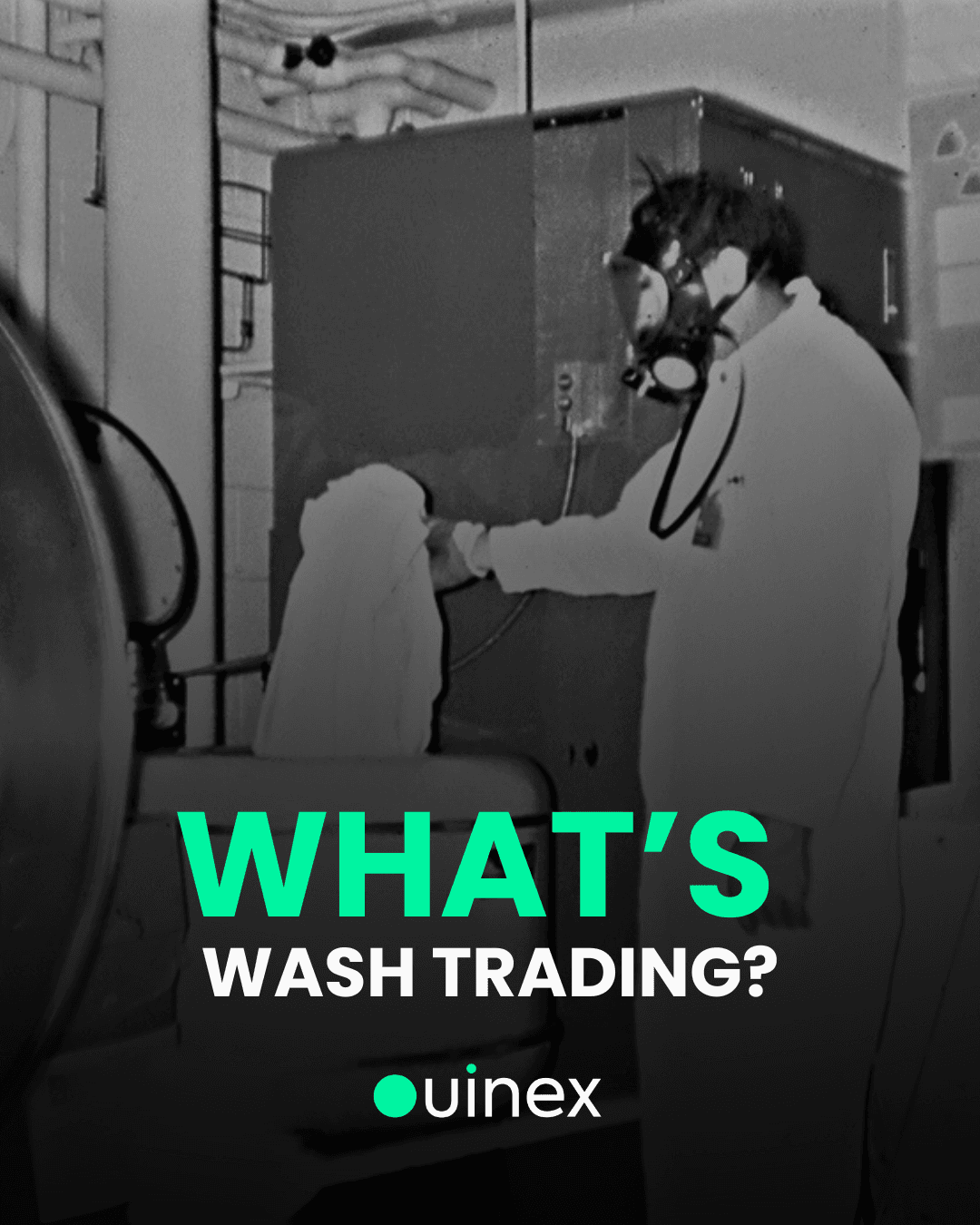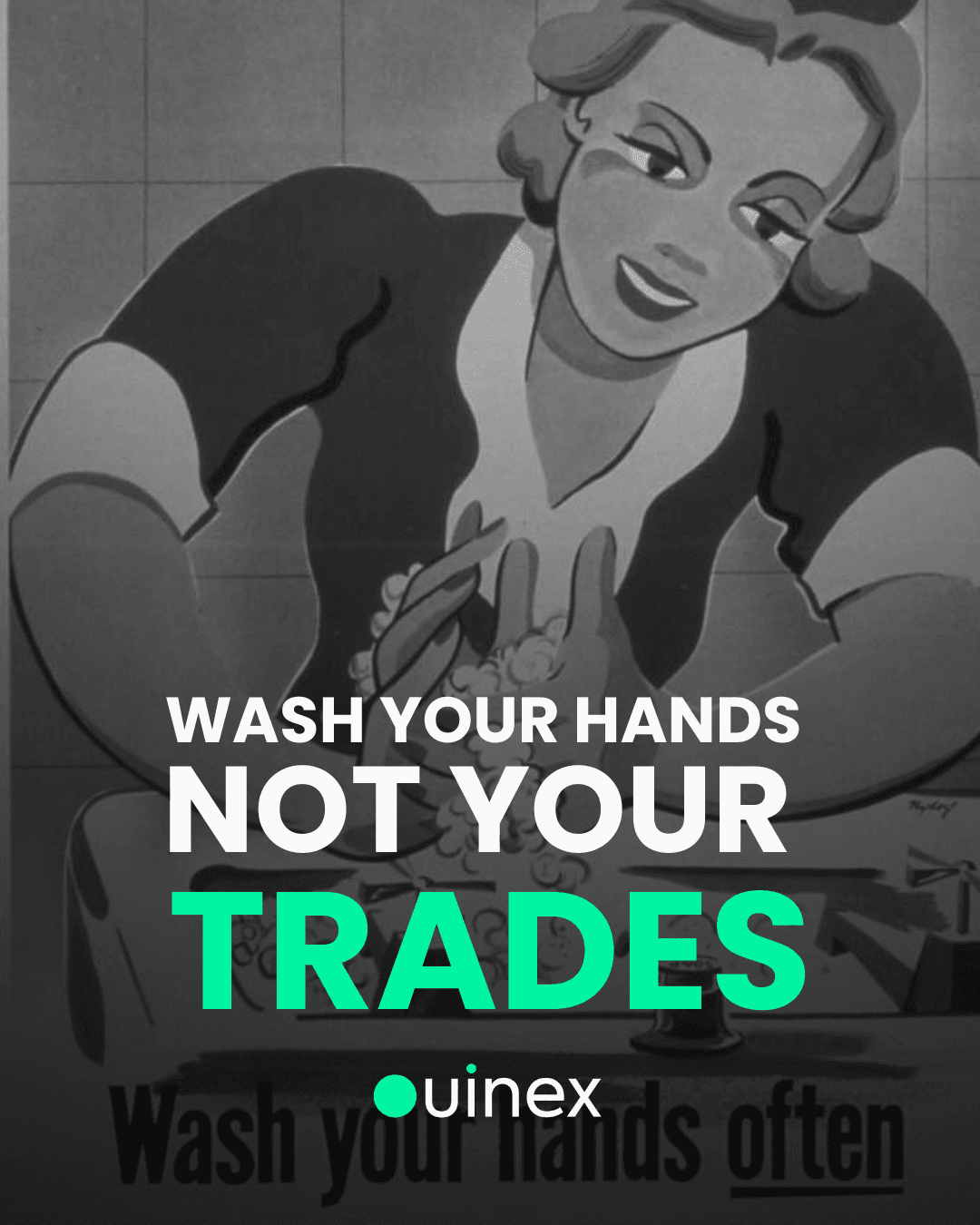
What Is Wash Trading? The Fake Volume That’s Fooling You
Let’s talk about a scam that’s hiding in plain sight: wash trading. If you’ve ever looked at a crypto exchange and thought, “Wow, this token’s getting a ton of action,” and jumped in only to find yourself stuck in a dead market chances are you got duped by fake volume. That’s wash trading. And yes, it’s still everywhere.
What Is Wash Trading?
Wash trading is when the same trader (or a group working together) buys and sells the same asset over and over again to create the illusion of high trading activity. The goal? Make a market look more active and liquid than it really is. It’s like two people passing the same $10 bill back and forth a hundred times and telling everyone there’s a huge demand for dollars.
Why Do Exchanges and Traders Do It?
- To attract new traders: High volume looks like demand. It creates hype and FOMO.
- To pump token prices: Fake activity can drive price momentum, drawing in unsuspecting retail traders.
- To fake success: Some platforms inflate their volume metrics to look more successful (and to attract market makers or token listings). In traditional finance, wash trading is illegal. In crypto? Let’s just say a lot of platforms look the other way—especially when it benefits them.
How to Spot Wash Trading
- Unrealistic volume spikes: If a low-cap token suddenly has more volume than Bitcoin, something’s off.
- Price barely moves despite huge volume: Real trades move the market. If the price stays flat, someone might be trading with themselves.
- Identical trade sizes repeating over and over: Bot activity trying to simulate “natural” trading. It isn’t.
Bottom line: If it looks too good to be true, it probably is.
Why Wash Trading Hurts Retail Traders
Wash trading distorts the real state of the market. You think you’re trading in a liquid, high-demand environment but you’re actually stuck in a fake market with little to no real participants.
- You get stuck in trades with no one to sell to.
- You base strategy on bad data.
- You might chase pumps that were never real to begin with. This isn’t just frustrating. It’s expensive because when the wash trading stops you’re left with a token that never had that much traction to begin with.
Ouinex: Real Traders. Real Volume.
At Ouinex, we don’t allow wash trading. We partner with verified market makers, vet all assets listed on the platform, and actively monitor for suspicious activity. And since institutions (market makers who provide liquidity) on Ouinex can only make prices, not take them, they can’t pump up the volume by filling their own orders. What you see is what you trade. Clean volume. Real liquidity. No fake hype.
You can read more about our no-CLOB model here and how we developed it to prevent market manipulation and dirty tricks in trading.

Key Takeaways
- Wash trading is fake volume created by traders buying and selling the same asset to themselves.
- It’s used to mislead retail traders into thinking there’s demand or liquidity where there isn’t.
- Wash trading can inflate token prices and trap new traders in dead markets.
- Most crypto exchanges allow it because it makes them look more successful.
- Ouinex bans wash trading, uses real market makers, and delivers real, clean volume to traders.
FAQs About Wash Trading in Crypto
What is wash trading in crypto?
Wash trading is when someone (or a group of someones) repeatedly buys and sells the same asset to create the illusion of high trading volume. It’s fake activity designed to mislead traders.
Why is wash trading bad for crypto markets?
It misrepresents real demand, distorts price action, and tricks retail traders into entering markets that aren’t as active or liquid as they appear.
Is wash trading illegal in crypto?
While it’s illegal in traditional finance, many crypto exchanges still allow or ignore it. Regulation in crypto is looser, and enforcement is often lacking.
How can I tell if a token is being wash traded?
Watch for unrealistic spikes in volume, flat price movement despite heavy volume (i.e. the asset doesn’t become worth more even though people seem to be trading it incessantly), and repeated, identical trade sizes. These are all red flags.
How does Ouinex prevent wash trading?
Ouinex uses a no-CLOB execution model where institutions can’t take their own orders. We also vet every token and partner only with legitimate market makers to ensure clean volume.
Can exchanges benefit from wash trading?
Yes. It inflates volume numbers, attracts users and listings, and makes the platform appear more active. That’s why many turn a blind eye.
Does Ouinex list tokens involved in pump-and-dump or wash trading?
No. Ouinex has a strict vetting process. We don’t allow tokens that rely on shady volume tactics or manipulation to gain attention. For our own token, $OUIX, we pre sold only to retail traders and created a built-in vestige period to prevent lots of people selling when we go live.
What’s the difference between wash trading and normal high-volume trading?
Normal trading involves real buyers and sellers. Wash trading is just one entity (or group) buying and selling the same asset to themselves to simulate activity without real market intent.
Why does real volume matter?
Because your strategy, liquidity, and ability to exit trades all depend on actual market participation. Fake volume gives you fake confidence and real losses. In short, if someone keeps buying and selling to themselves a) the price of the asset won’t go up b) it will be hard for you to sell it as not lots of other people are buying.
Where can I trade without worrying about wash trading?
Trade on Ouinex. We built our platform to deliver clean, fair, manipulation-free execution. No wash trading. No front-running. No spoofing. No stop hunting. All thanks to our no-CLOB execution model.